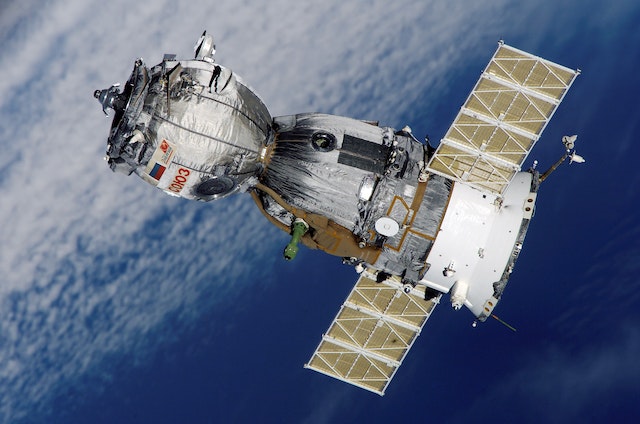The Indian Space Research Organization (ISRO) has yet again embarked on a project to the moon with Chandrayaan-3, furthering India’s pursuit of area exploration. This formidable lunar task aims to land on the moon’s surface and conduct clinical experiments, including the U.S.’s developing information in space technology.
The primary objective of Chandrayaan-3 is to attain a gentle landing on the moon’s floor, following in the footsteps of its predecessor, Chandrayaan-2. The preceding venture, although not totally successful, validated India’s capabilities in diverse factors of lunar exploration, which include orbital manoeuvres, lunar mapping, and the detection of water molecules on the moon.
The Chandrayaan-2 venture encountered demanding situations throughout its touchdown section; however, ISRO has used those studies as valuable training for the upcoming assignment. The corporation has recognized and rectified the failings that led to the unsuccessful touchdown, making sure that Chandrayaan-3 is prepared with the important abilities and safeguards for a successful touchdown.

ISRO acknowledges the significance of global collaboration in area exploration, and Chandrayaan-3 exemplifies this. The assignment has garnered help from diverse international locations, together with the United States, which is a good way to contribute its knowledge in monitoring and monitoring the spacecraft during its journey and landing on the lunar floor. This collaboration not only strengthens India’s role within the worldwide community, but additionally enables shared know-how and technological advancements.
Apart from the task’s primary objective of touchdown, Chandrayaan-3 has ambitions to conduct medical experiments and gather essential information about the moon’s composition and geology. With progressed instrumentation and upgraded sensors, the mission will offer valuable insight into the lunar floor and, in addition, information about the moon’s evolution, especially its water resources.
Chandrayaan-3 has captured the imagination and interest of the Indian public, fostering a sense of pride and interest in area exploration. ISRO has correctly used this possibility to interact with students and lovers via various initiatives, including online competitions, webinars, and interactive periods. Such tasks assist in creating a systematic mood among many adolescents and encourage them to pursue careers in space sciences and eras.
